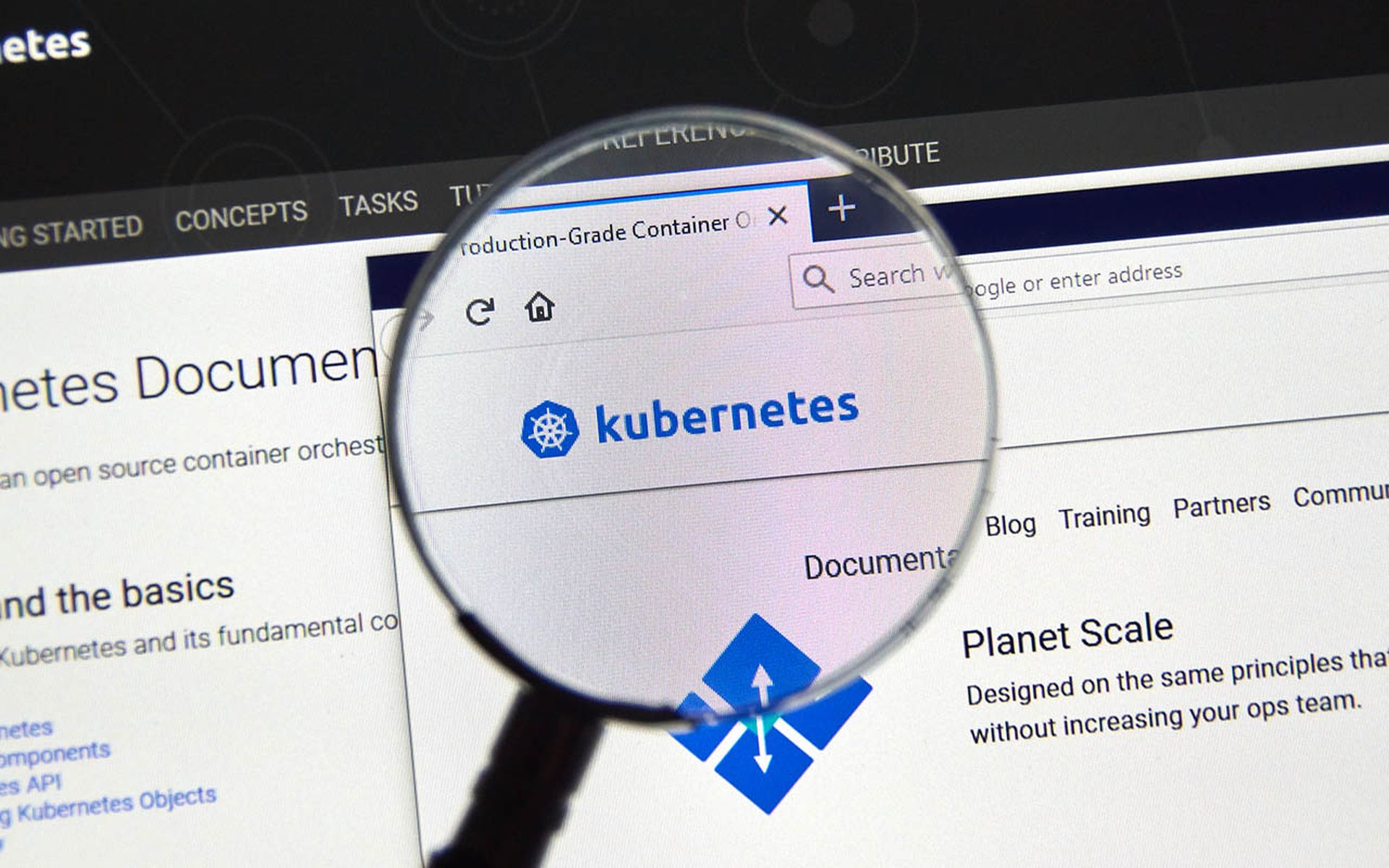Kubernetes security encompasses protective measures to safeguard applications within Kubernetes environments, and with Kubernetes adoption growing, security strategies are evolving to address emerging challenges and risks, according to Cloud Native Now.
Kubernetes security focuses on preventing unauthorized access, ensuring data privacy, and maintaining the integrity of workloads and clusters. Among the trends that emerged in the previous year was a shift-left security approach that integrates security early in the application lifecycle to address vulnerabilities during the design and development phases. Compliance-as-code automates compliance checks within DevOps pipelines, ensuring Kubernetes configurations meet regulatory standards and reducing risks associated with non-compliance. Another trend, complexity management, minimizes instances of misconfiguration, which are a significant source of security vulnerabilities.
In 2024, several security best practices gained wide approval for use in Kubernetes environments, including the use of GitOps to enhance compliance and auditability. GitOps tracks changes via a Git repository, maintaining system integrity by preventing unauthorized modifications. Microsegmentation enhances network security by isolating workloads and restricting intra-cluster communication, reducing attack surfaces. Pod Security Context, another security measure, enforces granular security attributes for containers. Secure container image management ensures images are up-to-date, scanned for vulnerabilities, and verified for integrity. Finally, advanced threat detection leverages audit logs and machine learning to identify anomalies, enabling proactive responses to threats.




